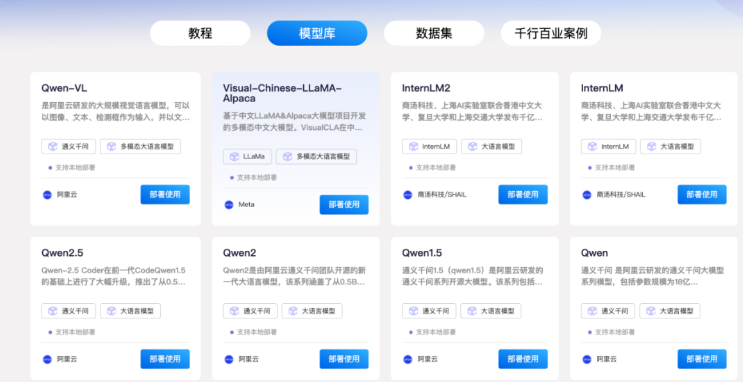Shanghai University Unveils New AI Models Including Dialect
Recently, Shanghai University unveiled a new series of discipline-specific large models developed on its "Qianxue Encyclopedia" AI smart platform. This initiative is part of a broader effort to enhance the application of artificial intelligence in both education and research. Among these models is the Shanghai dialect large model, known as "Xiao Hu," which is scheduled for release on November 9, 2024.
The 1.0 version of the "Xiao Hu" model will focus on improving listening, speaking, reading, and writing skills in the Shanghai dialect. It will offer features such as reading in the dialect and facilitating conversations between Shanghai dialect and Mandarin, thus enriching the learning environment for users. This model is not only a step forward in the preservation and inheritance of the Shanghai dialect but also serves as a useful tool for those unfamiliar with the dialect to learn it effectively.

Shanghai University's "Qianxue Encyclopedia" AI smart platform is composed of four primary modules: "Qian Zhi Huiju," "Xue Wu Zhi Jing," "Bai Qiu Bi Ying," and "Ke Chuang Wei Lai." The "Qian Zhi Huiju" module aims to enhance productivity via advanced production tools, while the "Xue Wu Zhi Jing" module focuses on reshaping educational models through the integration of AI with traditional courses. The "Bai Qiu Bi Ying" module features a specialized knowledge base intelligent assistant named "Bai Xiao SHUer," which provides targeted knowledge support for both students and educators. Additionally, the "Ke Chuang Wei Lai" module is designed to offer comprehensive large model and computing power capabilities to facilitate research and learning.

The development of these models is supported by the "Ziqiang 5000" supercomputing center, which has been independently established by Shanghai University. This center employs cutting-edge high-performance computing technology to create an efficient computing power cluster and management platform, addressing the growing needs for data processing. The platform not only provides essential tools and interfaces for model training and inference but also promotes the swift development and deployment of AI projects, thus ensuring the effective establishment of generative AI applications in educational and research settings.
Through the introduction of these advanced models, Shanghai University has achieved significant technological breakthroughs while also exploring avenues for cultural inheritance and educational innovation. This initiative underscores the vital role that higher education institutions can play in the age of artificial intelligence.
Key Points
- Shanghai University has launched multiple large AI models, including a Shanghai dialect model.
- The "Xiao Hu" model focuses on enhancing language skills in the Shanghai dialect.
- The university's AI platform consists of four main modules aimed at improving educational practices and research capabilities.